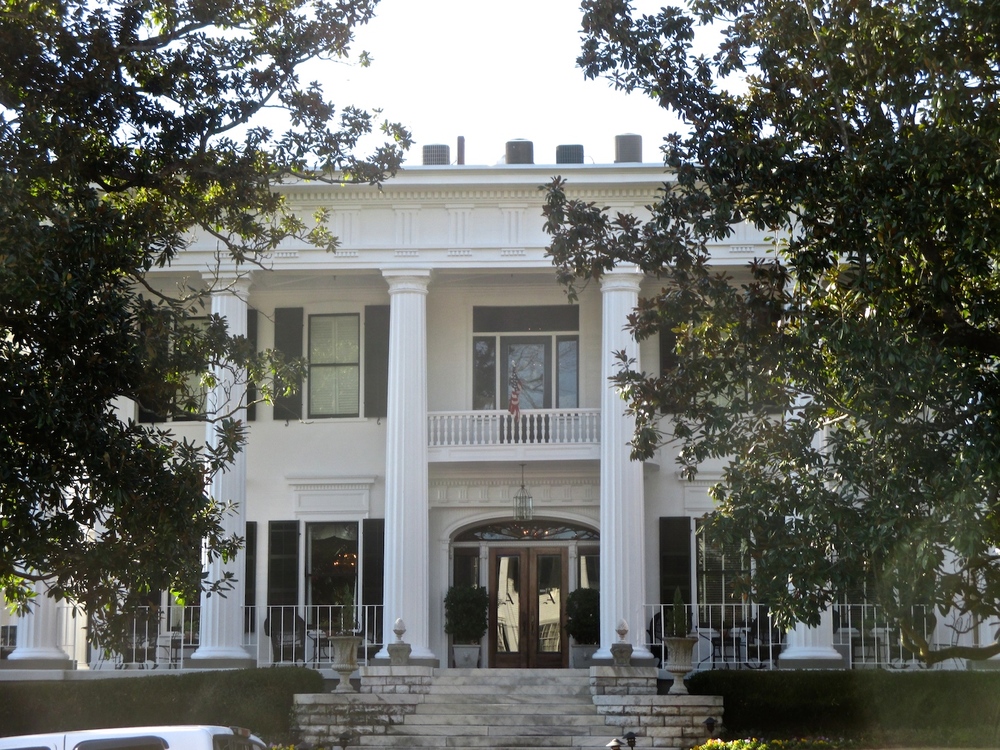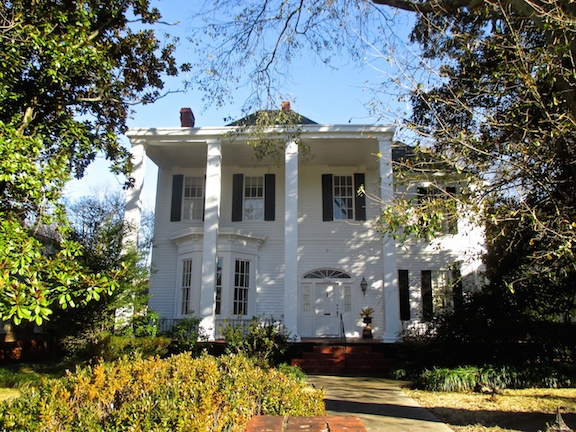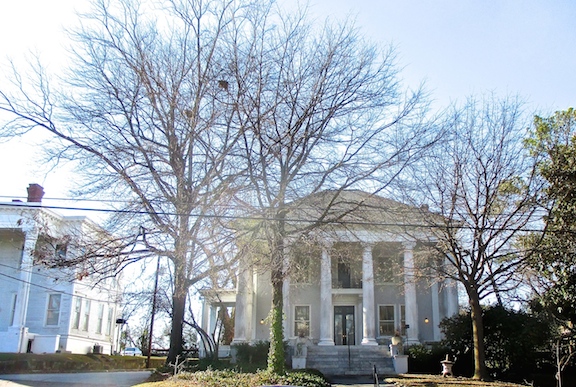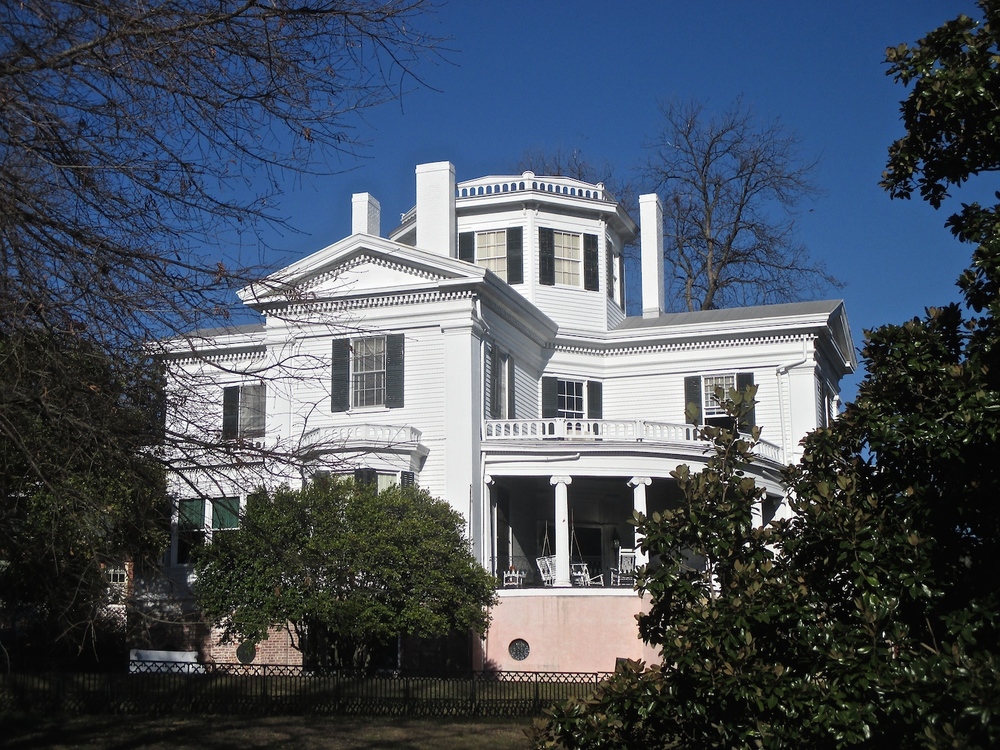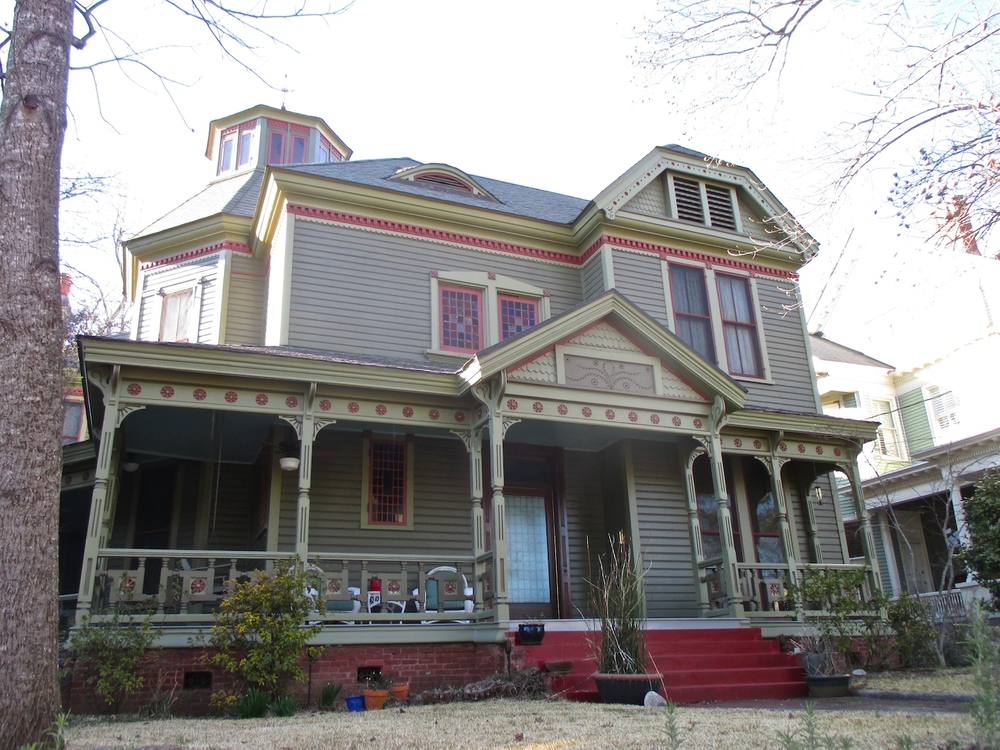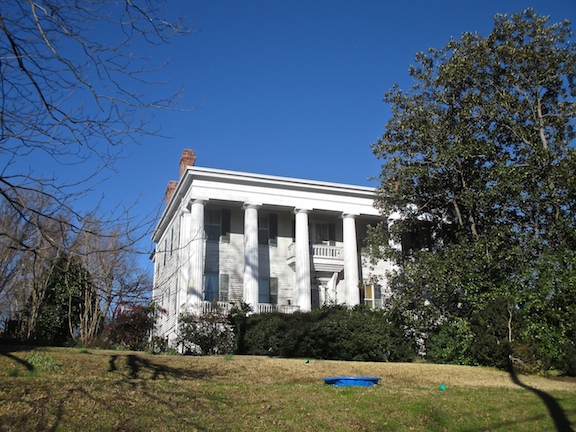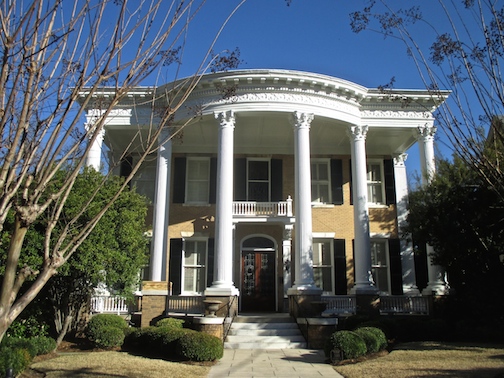There were several reasons I was compelled to stop and take a look around Macon when driving between Savannah and Atlanta last month.
1. It is the location of the Hay House, an antebellum, neo-renaissance pile considered by some the most expensive home ever constructed in the state of Georgia (when you do that dollar adjusted for inflation thing).
2. Aunt Pittypat (along with Uncle Peter and half the civilian population of Atlanta) refugeed there in advance of Sherman’s Army in Gone With the Wind.
3. The Powerball Jackpot was over $ that week, and it always seems that winning tickets for ridiculously large sums are purchased at random convenience stores in places like Macon Georgia, when not by a group of co-workers.
Although reason number one got us to pull of the Interstate, it was reason number onethat caused us to explore the historic residential area of the city known as College Hill.
At first glance Downtown Macon reminded me a lot of places like Albany and Troy. city centers full of architectural interest and devoid of visible signs of life. Having seen enough zombie apocalypse movies, we were wise enough to stay in our car and not get out to explore the downtown by foot.

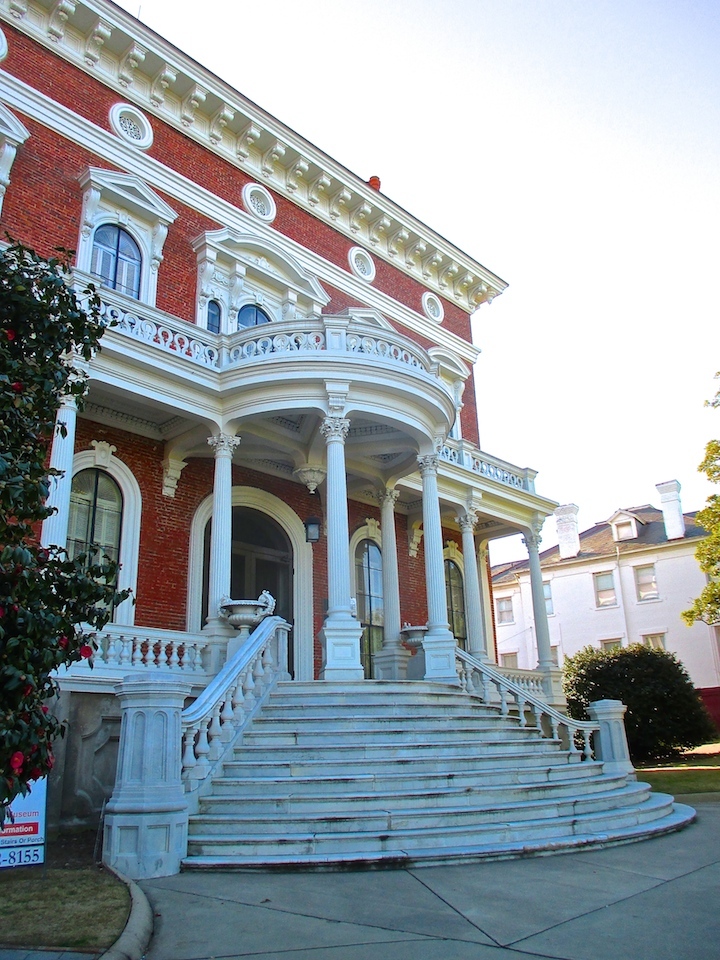 The grand sweep of the marble steps, imposing symmetry and soaring cupola on the front façade certainly made an impact.
The grand sweep of the marble steps, imposing symmetry and soaring cupola on the front façade certainly made an impact. 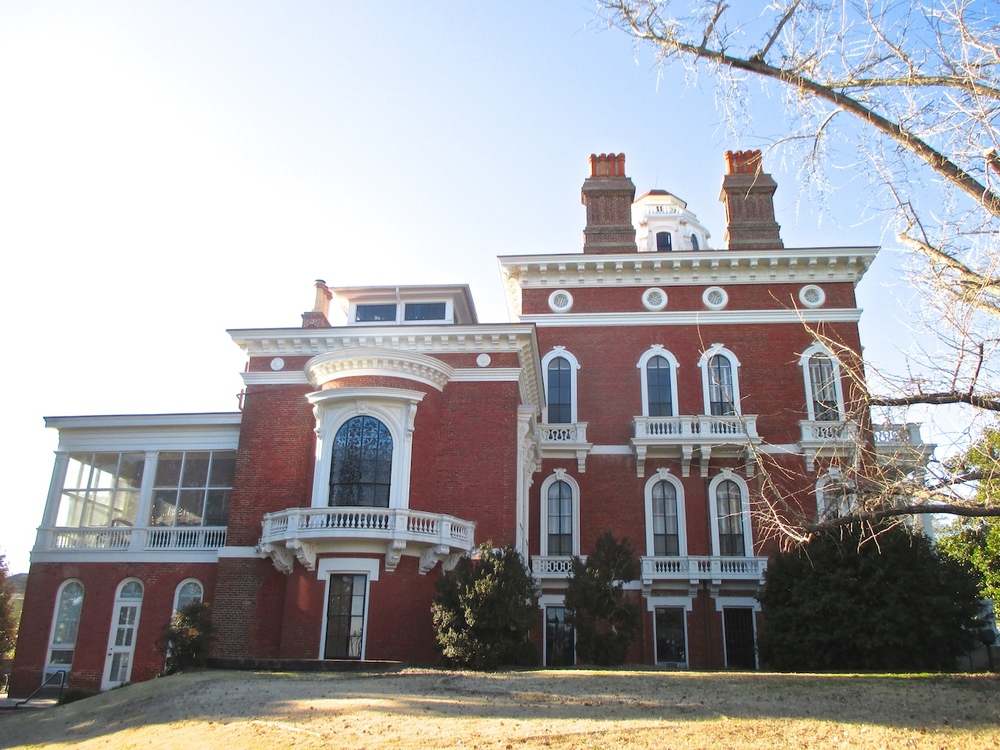
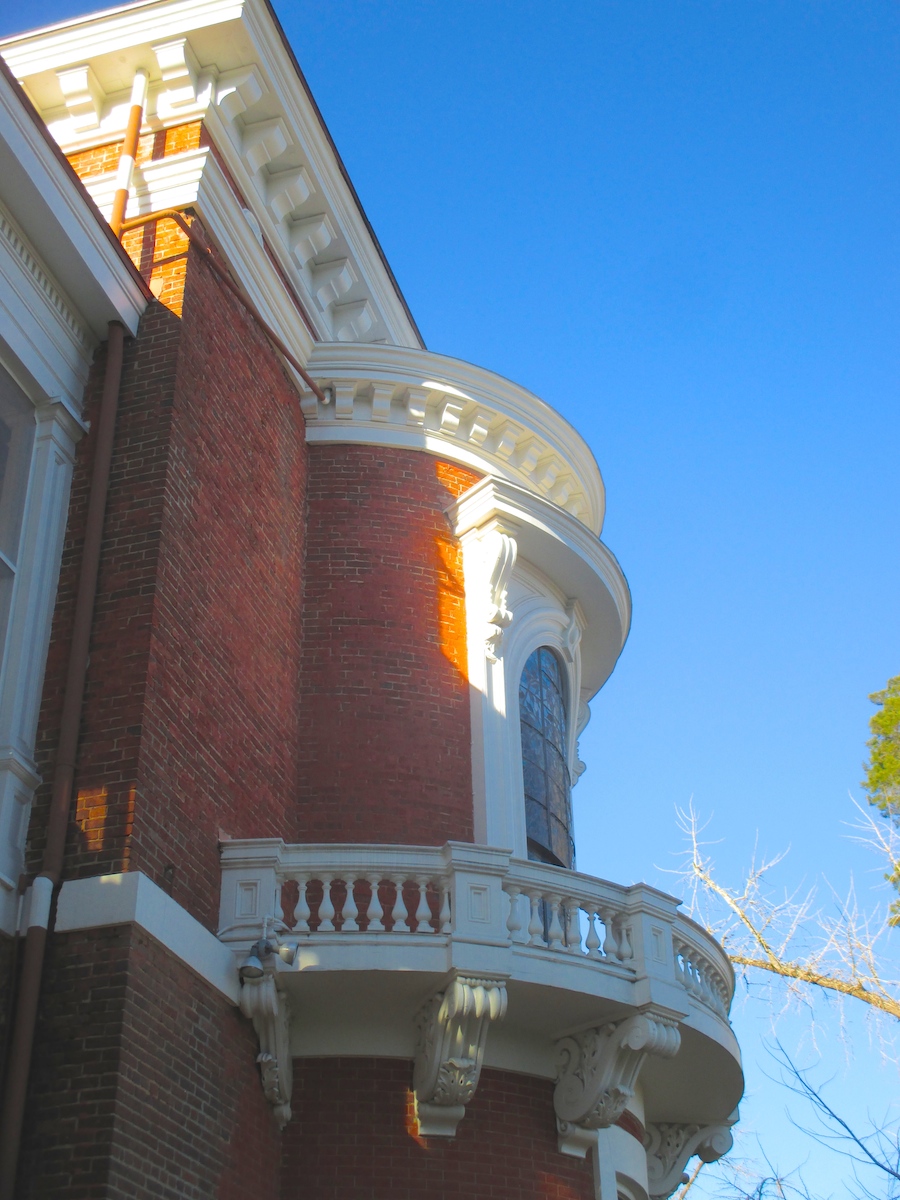 a classic campanile
a classic campanile and such gratuitous amounts of stained glass and balustrades, that I would swear it was inspiration for Scarlett’s post-war mansion had I not known she’d been stuck in Atlanta birthin’ Melanie’s baby and missed the opportunity to refugee there.
and such gratuitous amounts of stained glass and balustrades, that I would swear it was inspiration for Scarlett’s post-war mansion had I not known she’d been stuck in Atlanta birthin’ Melanie’s baby and missed the opportunity to refugee there.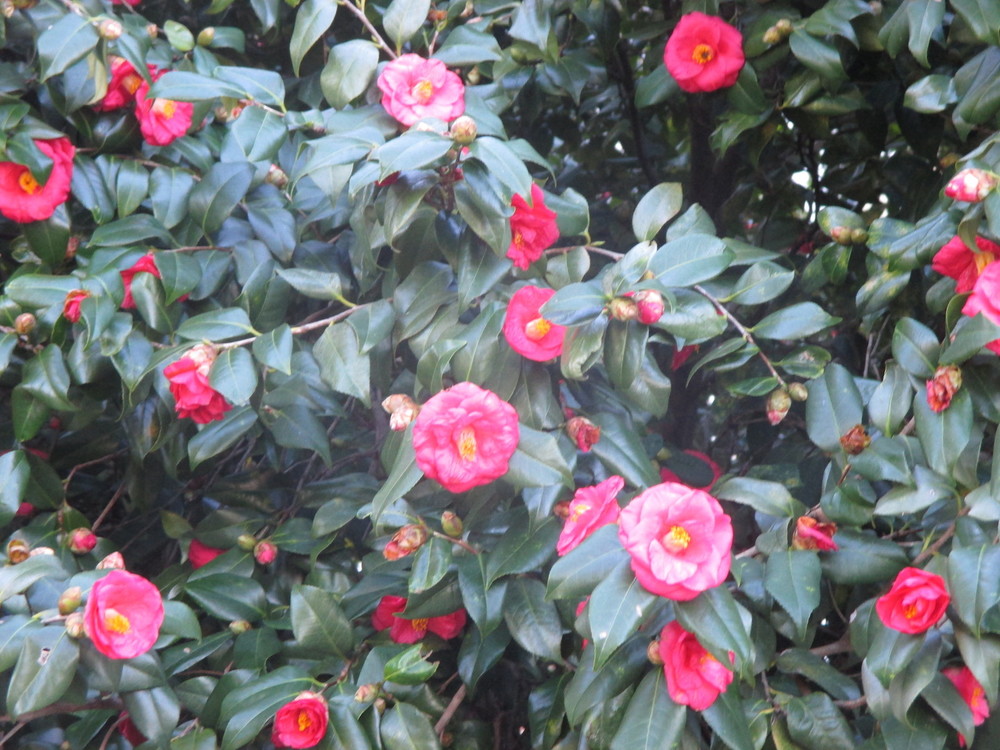
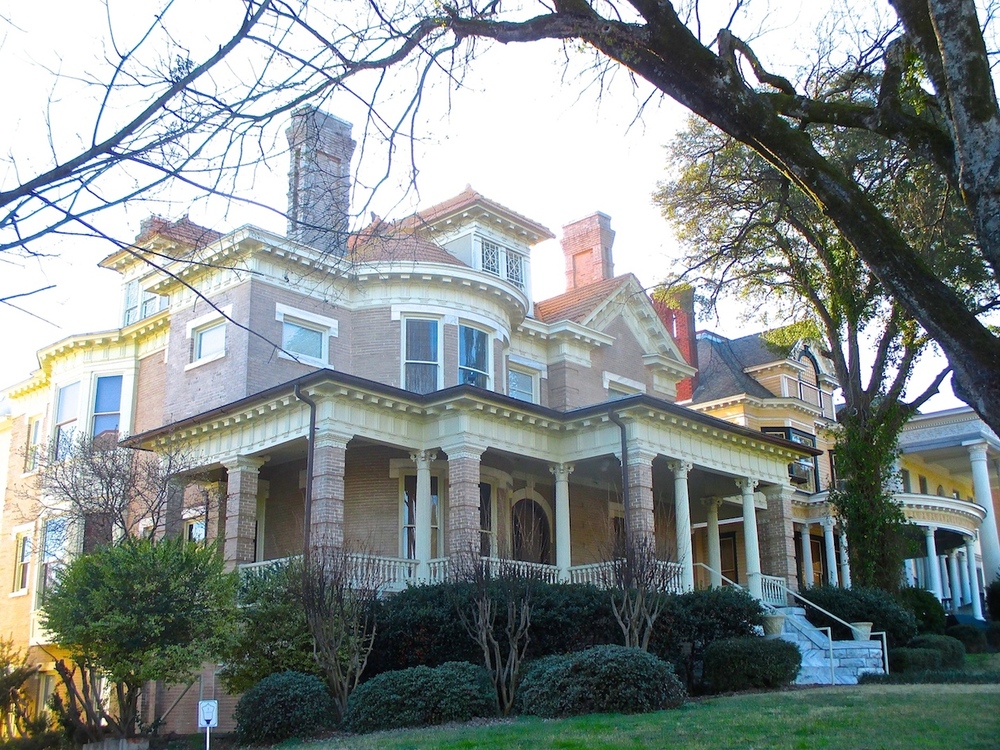

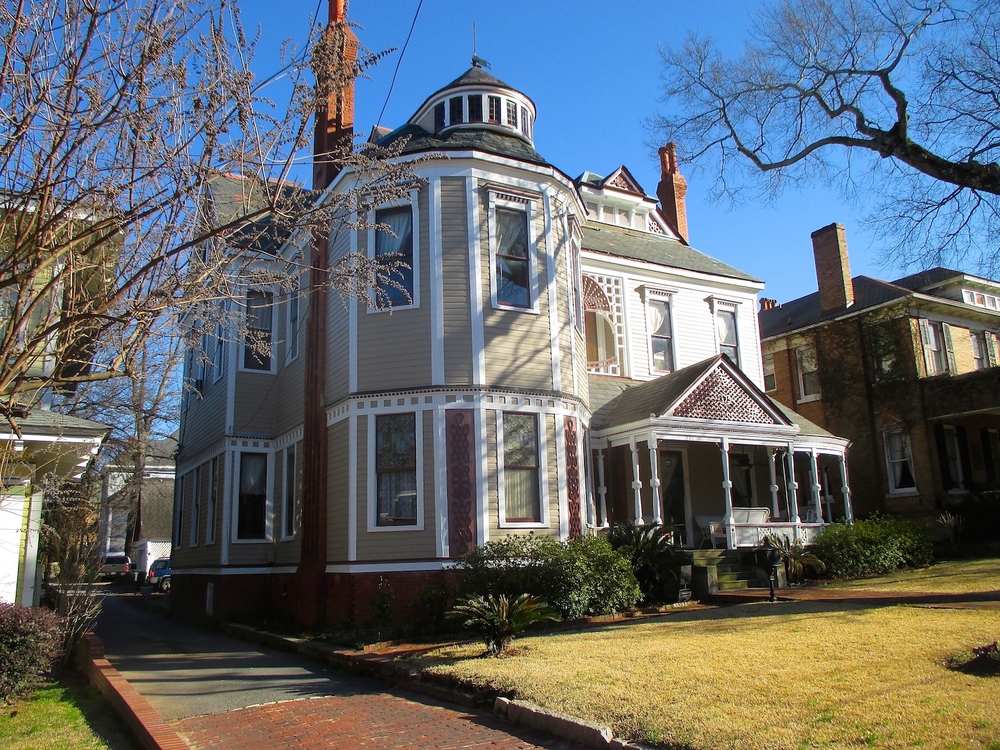
Being the south, the most popular feature found on many homes, was of course columns.
